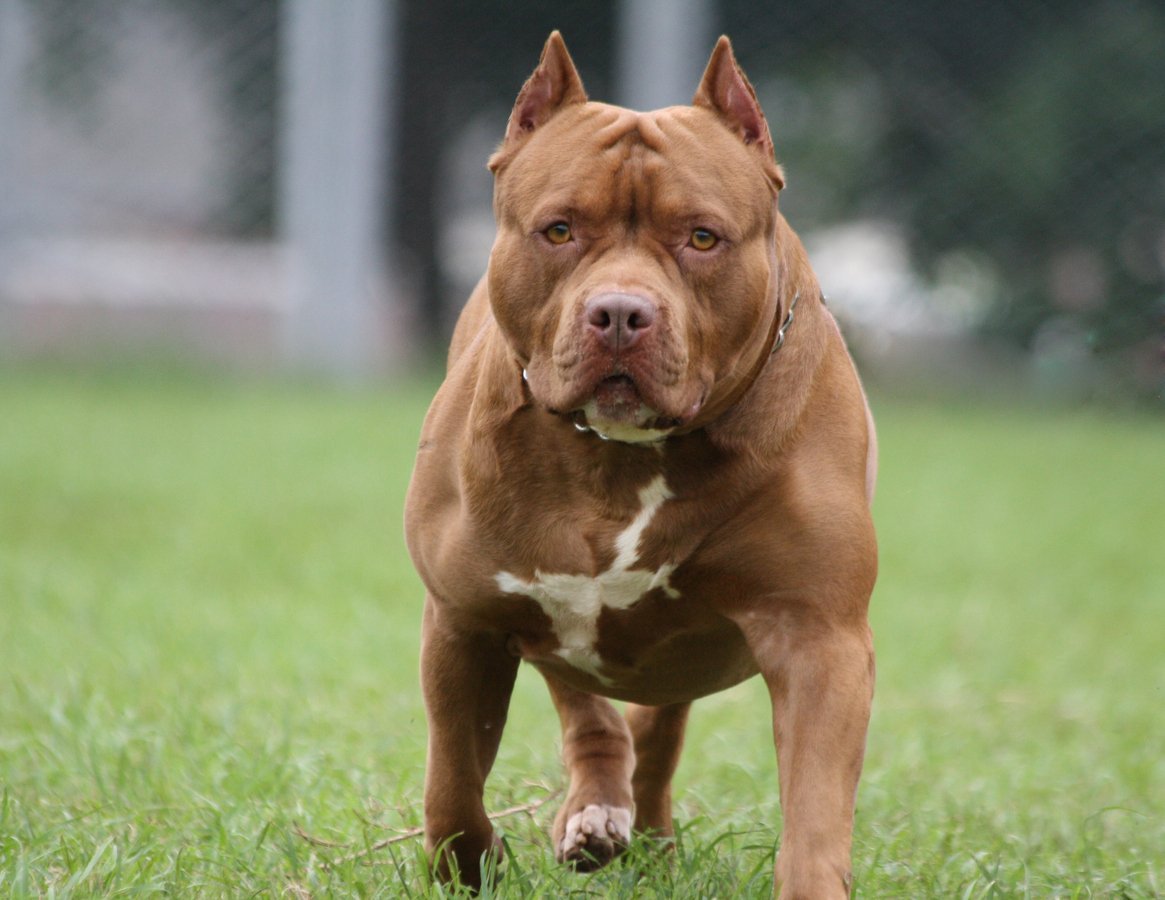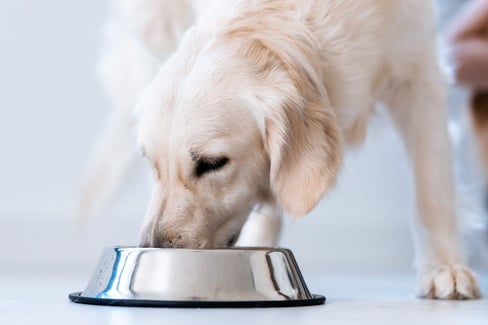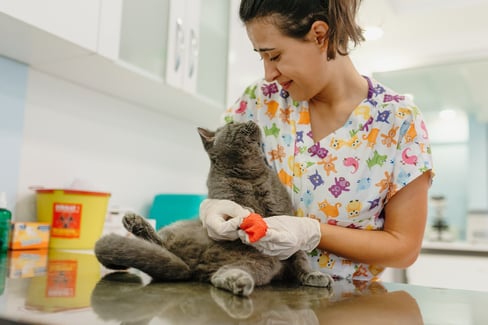Table of Contents
Is your dog suffering from a muscle injury?
That’s ruff.
We know how much it sucks to see your favourite pup down for the count.
Fortunately, this post is going to cover some common dog muscle ailments and treatment measures so you can get your dog healthy again.
And if you’re looking to learn how to prevent a muscle injury in the first place, we’ve got that too. We’ll discuss actions you can take to promote muscle health.
Because you want your pup to be able to run, jump, and play catch for as long as possible. And we want that for you too.
So grab your notepad and a cup of tea because we’re about to get into the nitty-gritty of muscle health.
Let’s do it!
Introduction to Dog Muscle Health
Before we dive too deep into the details of dog muscle ailments, we’re going to start you off in the shallow end of the pool. A few definitions are in order.
Muscles are tissues in your dog’s body that allow him to move. Because muscles are the foundation of movement, it’s vital that you maintain your dog’s muscle health.
Additionally, healthy muscles can prevent injuries in other important parts of your dog’s body, such as joints.
Unfortunately, dogs face muscle ailments from time to time. There’s even a name for it: myopathy is any disorder that affects your dog’s muscles.
We’ll get into those shortly.
Dog Muscle Anatomy
Fun fact: muscles make up about half of your dog’s weight.
These muscles are made up of both voluntary and involuntary muscle groups:
- Voluntary muscles: controlled by your dog’s thoughts.
- Involuntary muscles: controlled by your dog’s nervous system.
Many voluntary muscles are attached to bones by tendons, which is a type of connective tissue. Movement occurs when a muscle contracts, pulling on a tendon which then pulls on your dog’s bones.
This allows your dog to walk, run, jump, and drive you crazy by digging hundreds of holes in your backyard.
Involuntary muscles are used for vital processes that keep your dog alive, such as moving blood through your dog’s circulatory system.
Dog Muscle Diagram
And for all of our visual learners out there, we’ve included a diagram below to show you some of the major dog muscles in your pup’s body. These are some of the muscles that allow your dog to do all the things he loves.
For example, the trapezius muscle allows your dog to raise his front legs. He uses this muscle when he’s getting into all that aforementioned digging!
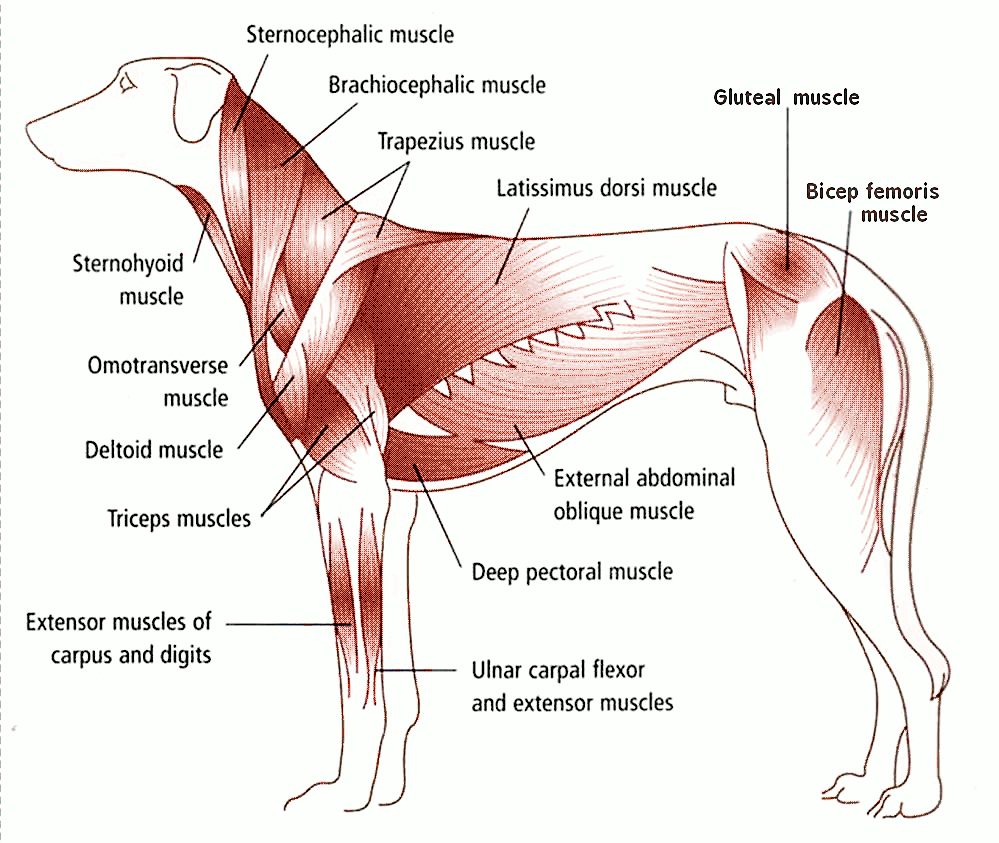
Common Dog Muscle Ailments
We know you didn’t come to this post to read all about dog muscle anatomy. So let’s dive right into some common muscle ailments that affect dogs.
We’ll also provide some possible treatment measures so you aren’t left with a bunch of ailments and no way to help your pup!
1. Dog Muscle Spasms
You’re taking your dog on a walk when suddenly you notice his shoulder starting to twitch underneath his skin.
What’s happening there?
Possibly a muscle spasm.
Muscle spasms are involuntary muscle contractions that can be painful for your dog. This condition can have a variety of underlying causes, from nervous system disorders to your dog simply being dehydrated.
Additionally, if your dog has recently overexerted himself in exercise or suffered from an injury, he may be more likely to suffer from a muscle spasm.
The type of treatment your dog should receive for muscle spasms is dependent on the underlying cause. Some common treatment methods for muscle spasms are listed below:
- Massage
- Icing
- Electrolytes
- Water
- NSAIDs
- Muscle relaxers
Your vet will be able to provide you with a comprehensive treatment plan after examining your pup and figuring out the cause of his muscle spasms.
There are several things you can do to help prevent muscle spasms in your dog:
- Always make sure your dog is adequately hydrated, especially on hot and humid days or if he has been exercising.
- Warm up your dog before exercising, such as going for a five-minute walk before playing an intense game of fetch.
- Don’t push your dog too hard. Give him plenty of opportunities to rest after being active.
And always remember that you should never give your dog over-the-counter medicines for pain. Medicines that may be safe for humans can be toxic for man’s best friend.
2. Dog Pulled Muscle
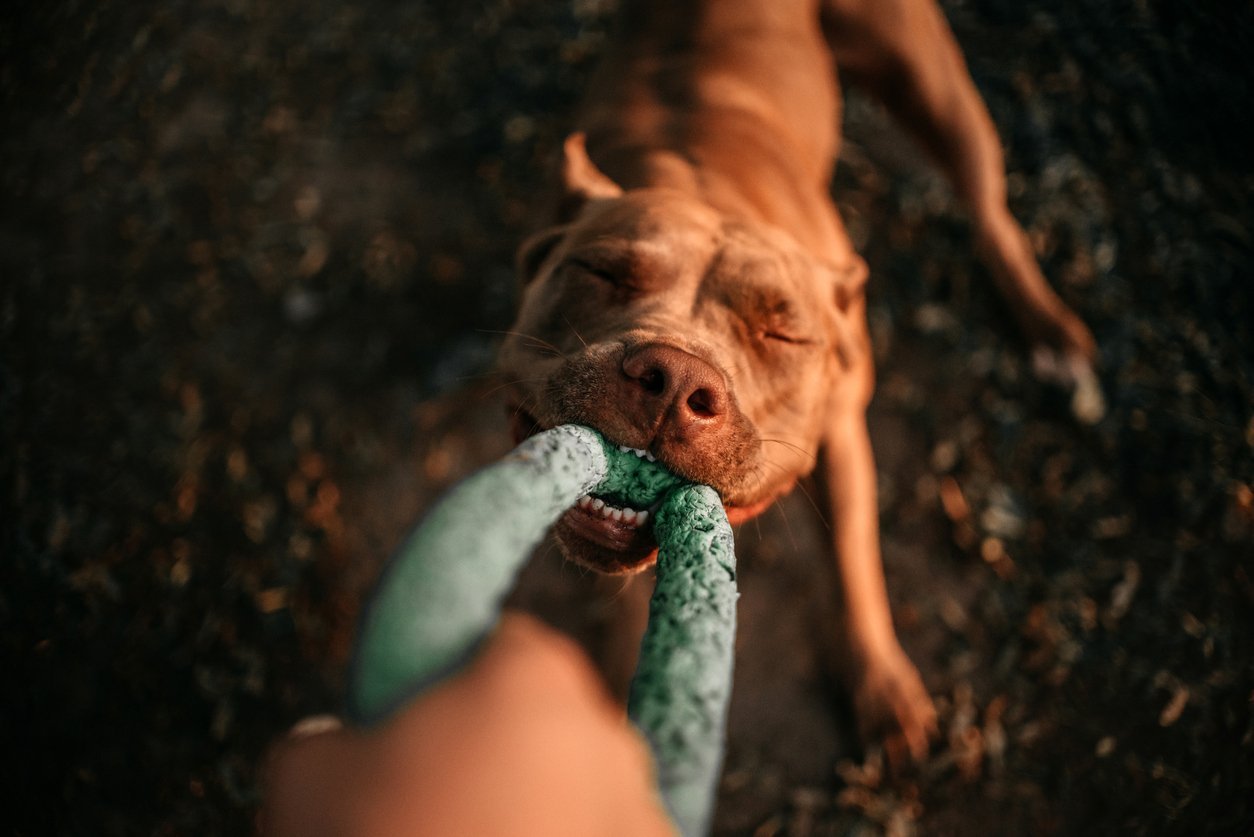
Another common dog muscle injury is a pulled muscle. You may also hear this referred to as a muscle strain.
The symptoms of a pulled muscle are listed below:
- Lethargy
- Limping
- Swelling
A pulled muscle might occur when a dog lands in a weird way on his muscles. For example, he may have jumped a little too zealously for that frisbee and ended up twisting his shoulder on his way back to the ground.
Muscle strains can also occur if your dog has recently overused his muscle. If he did not have adequate time to rest and recover post-workout, his muscles may experience soreness and inflammation.
Your dog may pull a muscle in his front leg. If this happens, many of the signs and symptoms of a pulled muscle elsewhere on your dog’s body will apply here as well.
Unfortunately, being overweight can cause your dog to be more likely to suffer from a pulled muscle. So as cute as you may think your pup’s extra pounds are, they aren’t doing your dog’s muscles any favours!
If you think your dog has a pulled muscle, you should take him to the vet for an examination. Your vet may prescribe an NSAID to help reduce pain and inflammation.
A pulled muscle will typically take 5 to 10 days to heal. During this time, you should ice the injury and try to minimize the amount of exercise or activity your dog gets.
After this period of rest, you can begin gradually introducing exercise again.
3. Masticatory Muscle Myositis (MMM)

This next one’s a mouthful.
Masticatory Muscle Myositis (MMM) is an immune system disorder that causes painful, swollen muscles in the mouth and jaw. It primarily affects large dog breeds, like Golden Retrievers and German Shepherds.
The primary symptom of MMM is having difficulty chewing and eating. Your dog may also have trouble fully opening his mouth.
The onset of these symptoms typically begins at young-to-middle age, with an average onset age of 3 years.
If you notice these symptoms, you should book a vet appointment as soon as possible. The best outlook for this condition is when it’s caught early. Your vet may conduct a blood test and muscle biopsy to test for this condition.
MMM is treated by immunosuppressive drugs, such as prednisone. As symptoms begin to abate, your vet may recommend reducing the dosage of this drug. Some dogs are able to stop taking medicine entirely, while others will need to take it for the remainder of their lives.
4. Canine Myasthenia Gravis
Communication is key.
So when your dog’s nerves can’t communicate with his muscles, you’ve got a problem.
Canine Myasthenia Gravis is a neuromuscular disorder that prevents nerve impulses from getting to your dog’s muscles.
This means that your dog’s muscles can’t contract, which causes your dog’s muscles to become weaker and weaker over time.
The symptoms of Canine Myasthenia Gravis are listed below:
- Weakness
- Fatigue
- Trouble swallowing food
- Voice changes
- Trouble closing eyes
- Excessive drooling
This condition can be inherited through certain genes or caused by autoimmune disorders. Some breeds are more susceptible to developing Canine Myasthenia Gravis, such as Jack Russell Terriers, Smooth Fox Terriers, and Springer Spaniels.
Your vet will conduct an examination to determine whether your dog has this condition. This exam may include a blood test, muscle biopsy, or electromyogram (EMG) test.
After diagnosis, your vet may prescribe medicines to help improve the nerve-muscle connection or inhibit certain nervous system enzymes. Your dog may need to be treated in a hospital until the vet can find the right medicine dosage for your pup.
The recovery period for this condition is typically 6 to 8 months.
5. Muscle Atrophy

Muscle atrophy is another common dog muscle condition and is simply a fancy way of describing muscle loss.
This condition frequently results from a lack of muscle use, for example, after a surgical procedure or injury.
Additionally, if your dog has a health condition that makes it difficult for him to move around, such as arthritis, he may begin experiencing atrophy in his limbs.
This condition is especially common with older dogs, as muscle loss is, unfortunately, a natural part of the aging process.
If your dog has any of the symptoms listed below, it’s possible he may be experiencing some muscle atrophy:
- Losing weight
- Limping
- Fatigue
- Progressive weakness in limbs
Muscle atrophy often occurs in the legs and takes place over an extended period of time. As a result, you may not notice that atrophy is happening at first.
The table below summarizes several of the most common causes of muscle atrophy.
| Cause of Muscle Atrophy | Reason |
| Surgery |
|
| Injury |
|
| Disuse |
|
| Age |
|
The good news is that muscle atrophy is relatively easy to fix. If your dog’s muscle loss is due to disuse, simply start exercising your dog more regularly to build his muscles up again.
Keep in mind, however, that if your dog recently had surgery or experienced an injury, you’ll want to introduce exercise slowly. You don’t want to exceed your dog’s abilities and potentially make matters worse!
6. Muscular Dystrophy
Muscular dystrophy is an inherited muscular condition, so, unfortunately, it can’t be prevented. Due to its genetic nature, some dog breeds (such as Golden Retrievers) are more likely to have muscular dystrophy than others.
Dogs with muscular dystrophy will often show signs and symptoms from a young age. Some of the symptoms are listed below:
- “Bunny hop” gait
- Stiffness
- Muscle atrophy
Additionally, your dog may have trouble swallowing food. This is because muscular dystrophy affects the muscles in your dog’s throat that help move food through his esophagus.
Your vet may be able to infer that your dog is suffering from muscular dystrophy based on his appearance. Certain bones around your dog’s spine may stick out more than normal.
To confirm a diagnosis, however, your vet will need to do blood work and conduct a muscle biopsy.
Unfortunately, muscular dystrophy will cause your dog’s muscles to continue deteriorating throughout the course of his life. Because muscular dystrophy is a genetic condition, it can’t be cured; however, steroids may help slow its progression.
Dog Muscle Ailment Prevention Tips
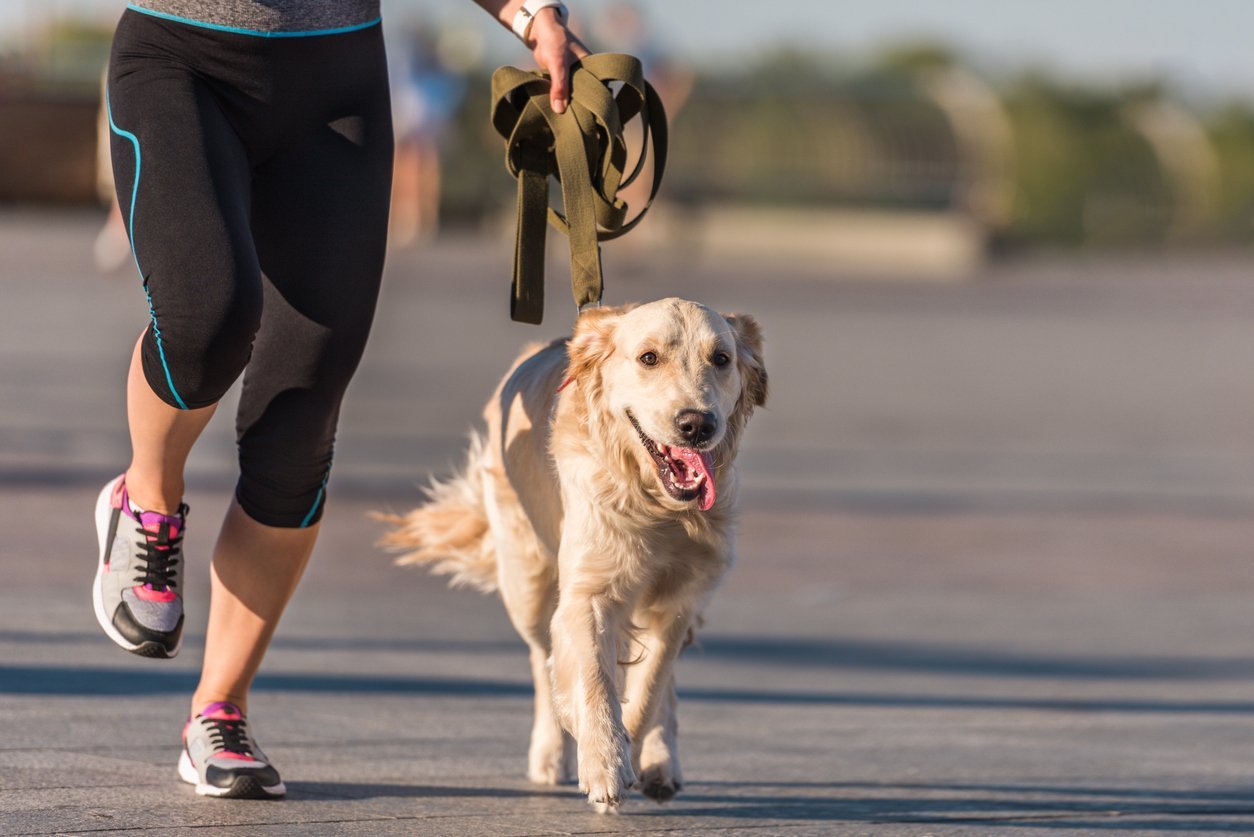
The best way to prevent muscle ailments is to promote overall dog health. There are a few key ways to accomplish this:
- Regular Exercise
- Healthy Diet
- Dog Supplements
- Strength Conditioning
- Rest
We’ll discuss each of these five points in more detail below.
1. Regular Exercise
You’ve heard it ever since you were a kid: exercise is key to a healthy lifestyle.
And it’s also vital to maintaining dog health.
Regular exercise helps minimize muscle atrophy and strengthens the muscles.
Exercise also helps establish a baseline level of health so you can more easily recognize if your dog is becoming fatigued quicker than usual. If that’s the case, you know it’s a good time to take him to the vet.
Exercise can be a great way to bond with your dog and has the added bonus of keeping your dog’s muscles strong and healthy. Some easy and fun ways to exercise with your pup are listed below:
- Going for a run
- Swimming at a lake
- Taking your dog on a walk
- Playing fetch
You should aim to get your pup at least 30 minutes of exercise a day and more if you have a particularly active dog.
2. Healthy Diet
The food your dog eats is foundational to dog muscle health. Your dog can’t build muscle if all he eats are the chips you “accidentally” drop on the floor for him!
In particular, nutrients like Vitamin E and Vitamin D are incredibly important for muscle health. Vitamin E has antioxidant properties that help your dog maintain healthy muscles and Vitamin D works to keep both your dog’s bones and muscles strong.
Amino acids are another type of nutrient key to maintaining your dog’s muscles. Amino acids are the building blocks of protein and without them, your dog could not maintain or build more muscle. There are 10 amino acids in particular (known as essential amino acids) that your dog must receive from his diet, as his body is not able to produce them on his own.
Ensuring your dog is receiving an adequate amount of these nutrients is key to maintaining dog muscle health.
Your dog’s kibble should contain all the vitamins and minerals he needs to stay healthy; however, some pet parents opt to make their own dog food or even follow a raw food diet.
Before adding any new foods to your dog’s diet, you should consult with your vet. She can help you determine if supplementing your dog’s food with certain vitamins and minerals or switching to a raw food diet is a good idea for your dog.
3. Dog Supplements

Dog supplements, especially ones that contain active ingredients like glucosamine, can be a great way to promote muscle health.
In addition to rebuilding lost cartilage, glucosamine supports tendon and ligament health. These connective tissues help keep muscles healthy and work alongside your dog’s muscles to help him move.
It can definitely be a bit overwhelming trying to read a supplement label to make sure a supplement has everything your dog needs. When choosing a supplement, you should try to make sure that there are as many active ingredients and as little filler as possible.
We’re especially partial to TRI-ACTA and TRI-ACTA H.A. for pets because these supplements contain all the active ingredients listed below (and no fillers!).
- Glucosamine: a key building block for tendons and ligaments.
- Chondroitin: prevents cartilage deterioration in joints, which helps support healthy movement.
- MSM: reduces pain and inflammation.
Additionally, you may be interested in supplementing your dog’s diet with some of the vitamins and minerals we mentioned in the previous section. Just remember to consult with your vet before adding anything new to your dog’s diet.
4. Strength Conditioning
Do you have a particularly athletic or energetic dog?
Then you might want to take your exercise up a notch with some strength conditioning.
Improving your dog’s cardiovascular health helps keep your dog’s muscles healthy because it allows your dog to pump more oxygen to his muscles.
And resistance training can keep muscles in tip-top shape by improving your dog’s muscle strength and reducing the likelihood of muscle atrophy.
The chart below outlines some of the different exercises that can help your dog maximize his cardiovascular health and muscular strength.
| Strength Conditioning | Exercises |
| Cardiovascular |
|
| Muscular |
|
Just make sure you help your dog warm up before undertaking any strength conditioning, such as going for a short five-minute walk pre-workout. This can help minimize the likelihood of injuries while also helping get your dog in the zone for a great workout session.
5. Rest
We saved the best tip for last. Because everyone needs to relax now and again.
Without proper rest, your dog’s muscles can’t recover.
And that’s a huge problem since many muscle injuries can be caused by over-exhaustion and overwork.
It’s important to give your dog’s muscles a chance to rest after a hard day of work or exercise so that you don’t accidentally push your pup to the breaking point.
Plus, no one wants their favourite pooch in a constant state of soreness!
So instead of taking your dog on an intense exercise outing every day, try to give him a day of relaxation every now and again. This means avoiding taking him for that hour-long walk he’s used to every single day and instead, letting him sniff around the backyard or catch some sun rays during a nap.
Dog Muscle FAQs
What is the recovery time for a pulled dog muscle?
Your dog will recover from a pulled dog muscle after about 5 to 10 days, depending on how well you’re able to limit your dog’s activity. After this recovery period, you can start reintroducing your dog to gentle exercises, like very short walks. Just be careful not to push your dog too hard, too soon. Doing so may put your dog’s recovery in jeopardy.
What are the symptoms of a pulled neck muscle in dogs?
If your dog has a pulled neck muscle, you may notice swelling or heat on his neck. Additionally, he may have postural changes or become less active than normal.
Take your dog to the vet for an exam if you notice these symptoms. She can determine the next steps to help your dog along the path to recovery.
How is muscle myopathy detected in dogs?
Myopathies are detected in different ways depending on their type. Some myopathies can be detected through blood tests, while others will require a muscle biopsy. If you suspect your dog is suffering from a muscle disorder, take him to the vet. She will examine your dog, order tests, and determine the underlying cause for any symptoms your dog is experiencing.
Summary
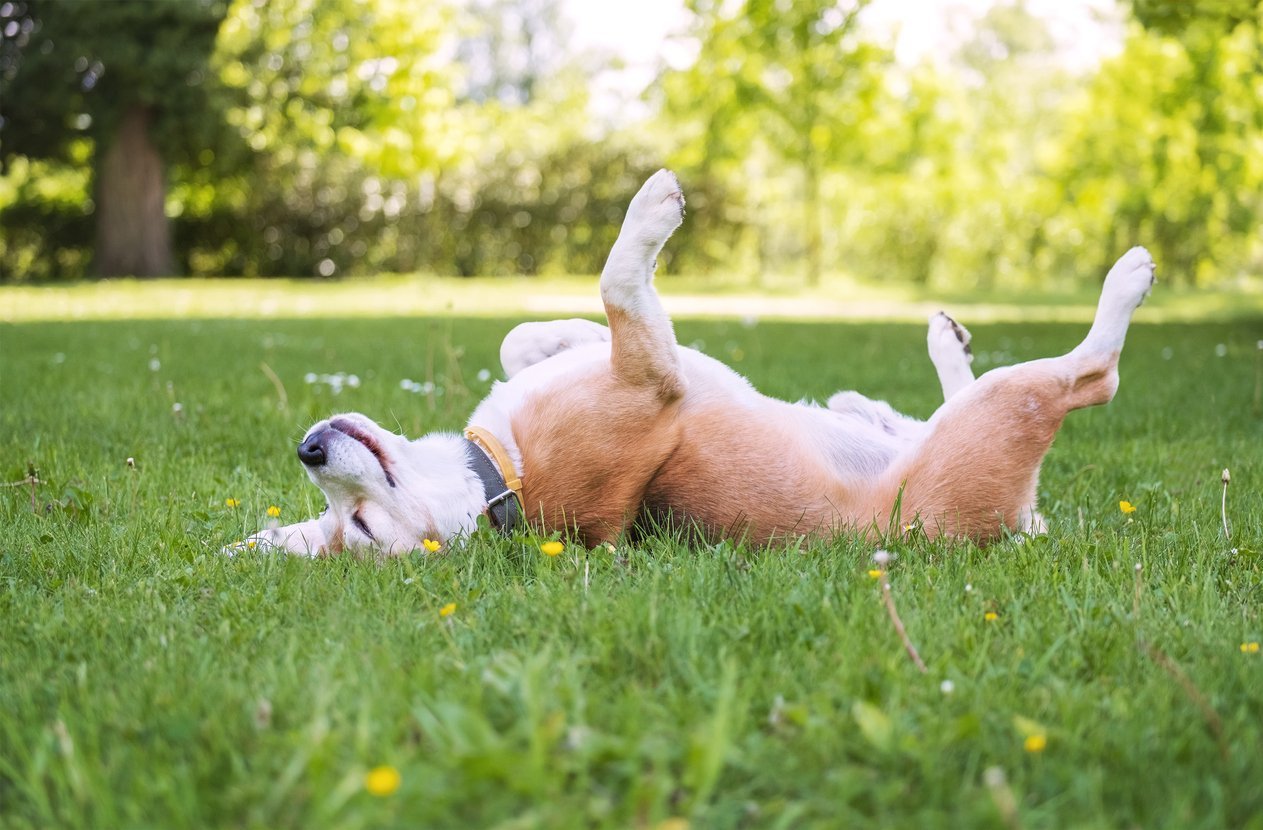
After reading this post, you’ve learned that there are a myriad of dog muscle disorders. Some of them can be as simple as a muscle spasm, while others can be a bit more complex.
But there’s no need to worry.
Because now you also know exactly what you can do to promote dog muscle health. Whether that means taking your dog on a walk or feeding him a supplement like TRI-ACTA or TRI-ACTA H.A. for pets, you have all the information you need to keep your dog healthy.
And if you’re itching to learn even more about dog health, check out our blog here.
Newsletter Signup
Subscribe to our newsletter to receive the latest news and exclusive offers.
.jpg?height=2000&name=Cliick_Integricare-DISPLAY-REVISEDV2%20(1).jpg)
Proactive & Therapeutic Joint Supplements
When given daily, Integricare joint supplements recover bone and joint injuries faster and help prevent mobility injuries from happening in the first place.

